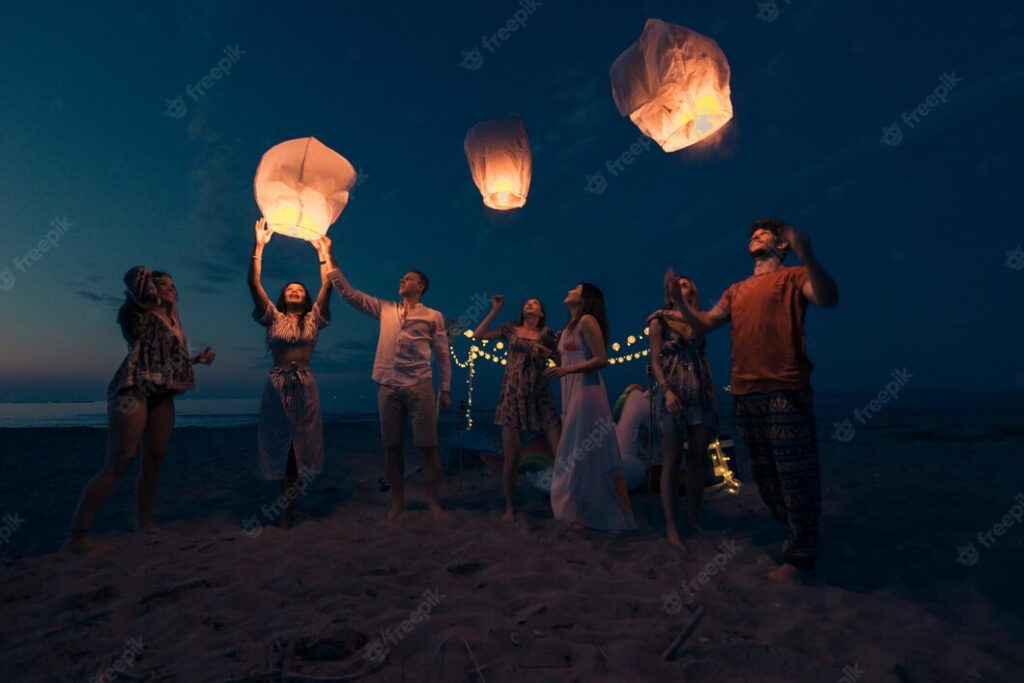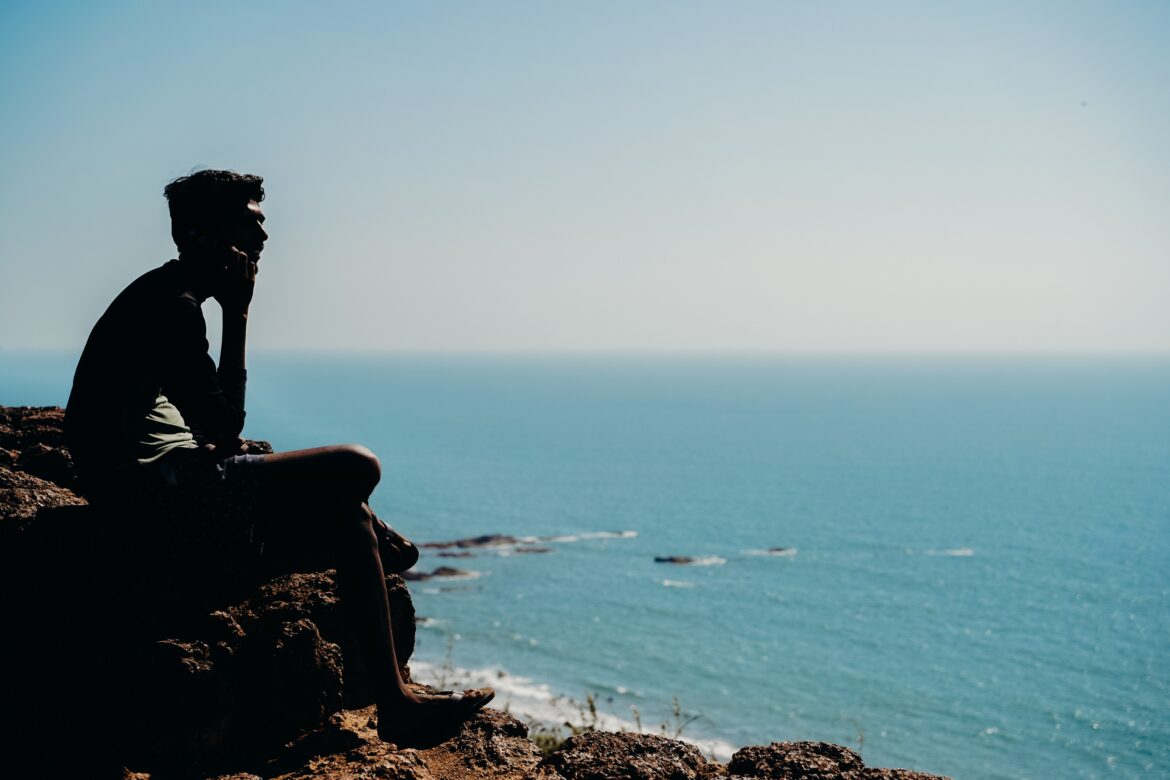Since colonial days, when British troops and officials used to flock here from all over the nation for a piece of “R&R,” the former Portuguese enclave of Goa has been a popular vacation resort halfway down India’s southwest coast. At that time, the three Bs—bars, brothels, and alcohol—were the main attractions. Nowadays, the 105km of golden, palm-lined beaches that make up the state’s coastline attract tourists, which number approximately two million in the winter. Cheap air travel has made it a popular package holiday destination for Europeans. In recent years, there has been a sudden increase in the number of newly wealthy domestic visitors.

Food and Drinks
The famed vindaloo, initially a super-hot and sour pork curry but today made with a range of meat and seafood, originates from Goa and is known as “garlic wine” in Portuguese. Other pork specialties include smoky chouriço sausages, sorpotel, a fiery curry made from pickled pig’s liver and heart, Leitao, suckling pig, and Falcao, pork in a hearty brown sauce. Mutton xacuti, a typical Goan Catholic meal, is cooked with a sauce of lemon juice, peanuts, coconut, chilies, and spices. Excellent seafood options include clams, mussels, crab, lobster, and giant prawns. Depending on the type of fish, it may also be grilled or baked in a tandoor.
Cafe, a fiery stew with African roots, is one of the chicken meals. Sanna is a steamed cake made of fermented rice flour similar to the middle found in southern India, although it is sweetened with palm toddy. Bebinca, a decadent, coconut-infused solid egg custard, and the dodol, which resembles toffee, are sure to satisfy sugar addicts.
Best time to visit
The ideal time to visit Goa is between late November and mid-March during the dry, rather chilly winter months. Other times, the weather is awful due to the rain, clouds, humidity, or unbearably scorching sun. The weather is ideal throughout peak season, which lasts from mid-December to the end of January, with temperatures hardly ever rising beyond 32°C. However, finding a room or a house to rent during that period can be challenging, especially between Christmas and New Year when rates double or treble.
Party in Goa
Many visitors to Goa arrive with the misconception that they will be able to party every night on the beach. They are shocked to discover that many dance venues are mainstream clubs that they would probably pass by without giving them a second thought at home. The full-on, elbows-in-the-air beach parties of the past, where tens of thousands of people would zone out to massive techno sound systems under neon-painted palm palms, are currently a thing of the past in Goa.
The 1960s hippy invasion of Calangute and Baga led to the first large-scale gatherings in Goa’s coastal settlements. To the astonishment of the villagers, the favored pastime of these wants to be sadhus was to frolic naked on the dunes together on full-moon evenings in the haze of chillum smoke and loud rock music. With each passing season, the scene got more well-established, and by the late 1970s, the Christmas and New Year parties had grown into enormous events, drawing visitors from all over the nation. At first, the villagers paid little attention to these strange gatherings.
Festivals in Goa
Goa’s festivals encompass various cultural celebrations, from Christian and Hindu holidays to hedonistic parties and artistic events. Many people flock to techno and dance events over the Christmas and New Year seasons; the Sunburn Festival is the biggest of these. In contrast, Goa is more than just beaches and parties outside this time, as seen by less commercialized, more genuine attractions like Carnival or Narkasur Parades.


